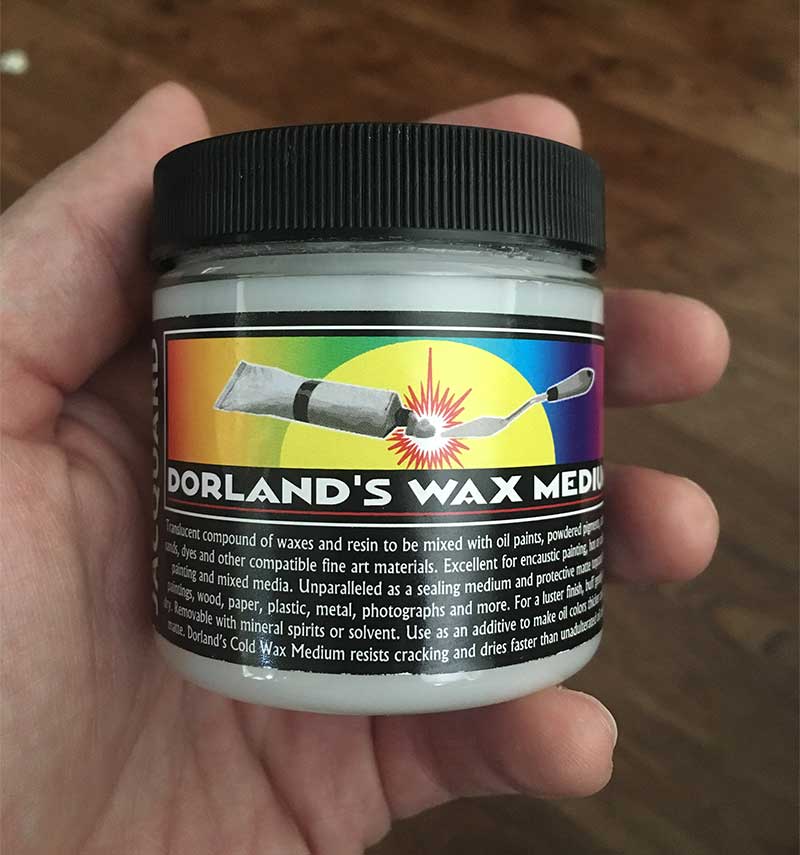2020 UPDATE: I’ve been getting conflicting opinions from conservation experts about using wax as a varnish, some cautioning against it. While the beautiful, soft matte finish is still my favorite, I am exploring other methods and it would be remiss of me not to mention that some in the restoration community don’t recommend it.
Recently one of my friends, who's an accomplished plein air painter, came over for a studio visit. He was invited to participate in Plein Air Easton, the largest and most prestigious juried plein air painting competition in the United States and had some questions about coating watercolors.
For those that don't know, the competition consists of 50-60 painters, selected to produce art on location in Easton, Maryland (located on the Chesapeake Bay) and paint for six days competing for over $30,000 in prizes. The paintings are then juried and put up for sale. Last year art sales were close to $400,000 with 301 paintings sold in 2.5 days.
It's kind of a big deal.
Like any other painting genre, the plein air community is predominately made up of fantastic oil painters. So how does a watercolorist, whose work is traditionally framed under glass with a mat, create paintings and frame them quickly so they show well next to our oil painting friends?
Varnish that puppy right on the spot in a matter of minutes and forget the glass.
Here's my suggestion that is quick and easy. Prepare (or buy) several watercolor panels in a size typical for your work. Let's say 16" x 20," something that can travel easily. See my post about mounting your favorite watercolor paper to a panel here.
Once you know your size constraints, get yourself a couple handsome frames, perhaps with a linen liner if you want to take it up a notch.
Now for the pièce de résistance: Dorland’s Wax Medium. This non-toxic, bees wax medium can be used as a finishing varnish directly onto a watercolor painting. That's right. It does not disturb the watercolor at all! It's clear, archival, and dries fast. Plus, it comes in a small 4 oz. jar (for about $8) which makes it easy for traveling, even on an airplane.
Since you are painting on prepared watercolor panels already, once your painting is signed and throughly dry, you can apply the wax right away. Use circular motions, like The Karate Kid, only much smaller circles. It dries quickly to a matte finish. It's not a high gloss, although you can add more and buff it for a luster finish, if desired.
Throw your new masterpiece into the frame and you're good to go. It's the easiest, fastest way to coat a watercolor painting that I know of. Give it a try and let me know what you think!


